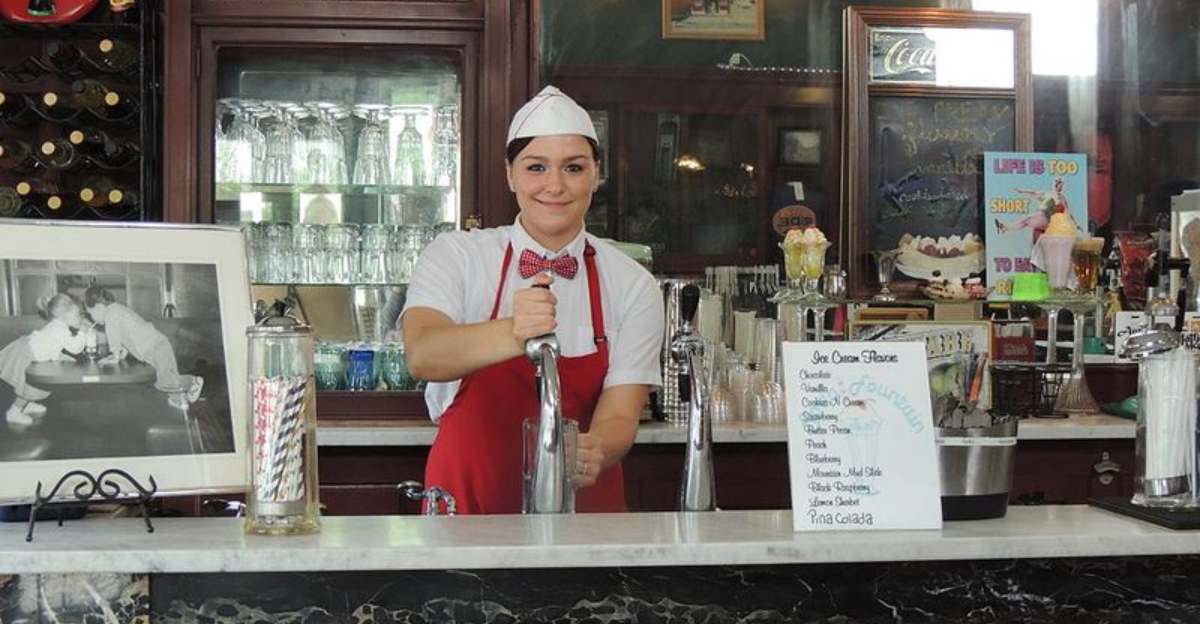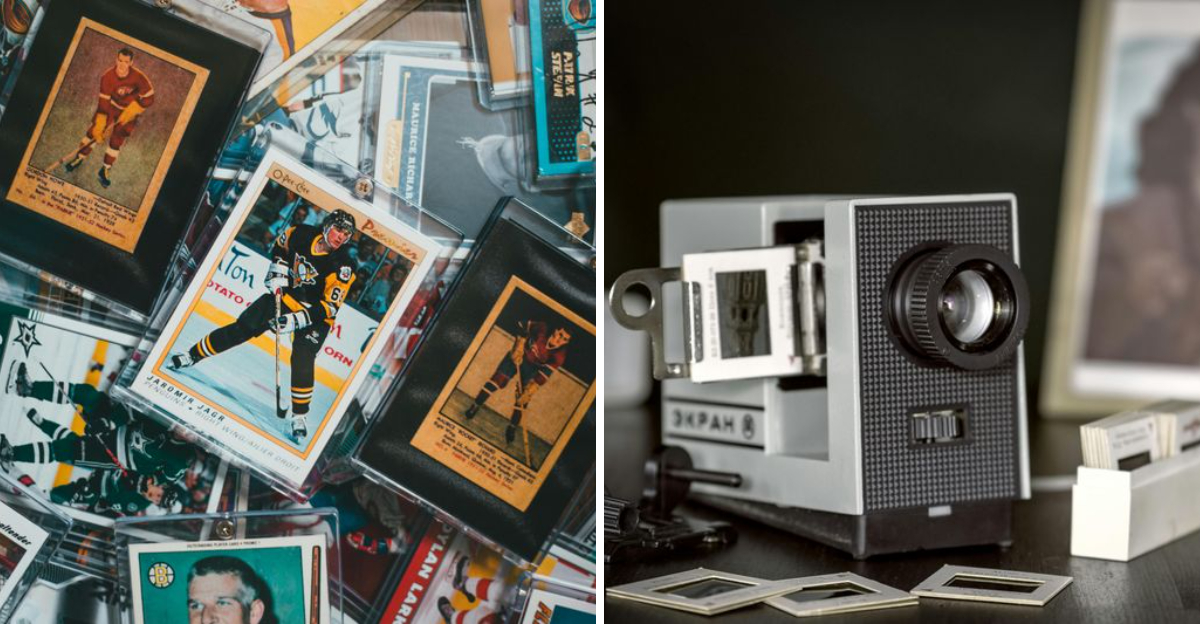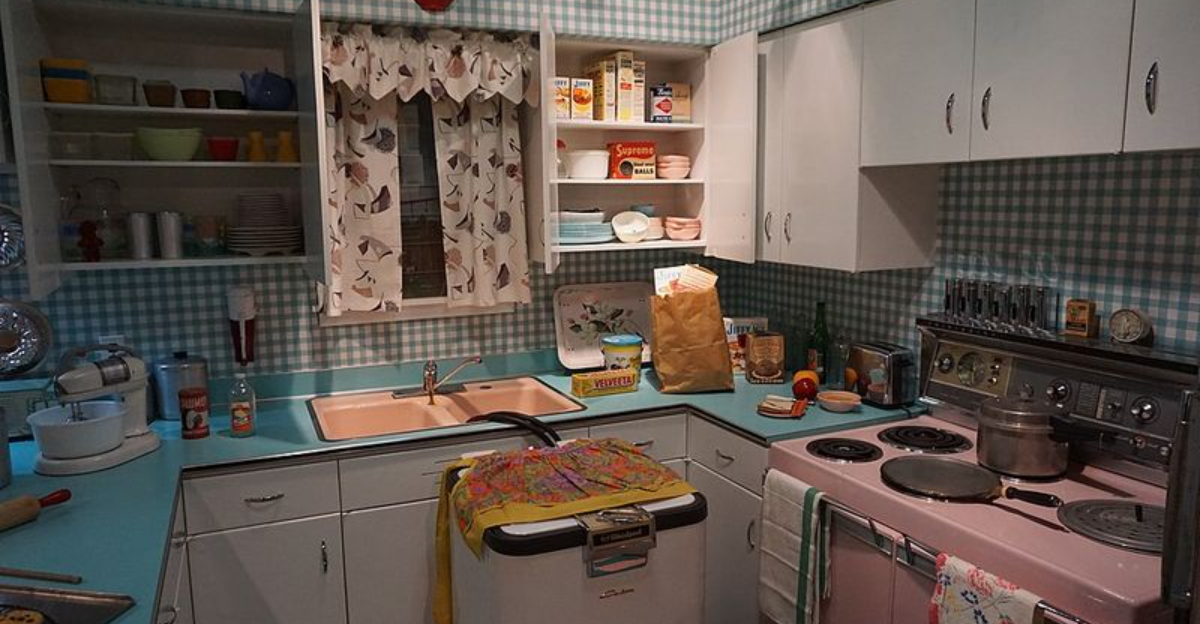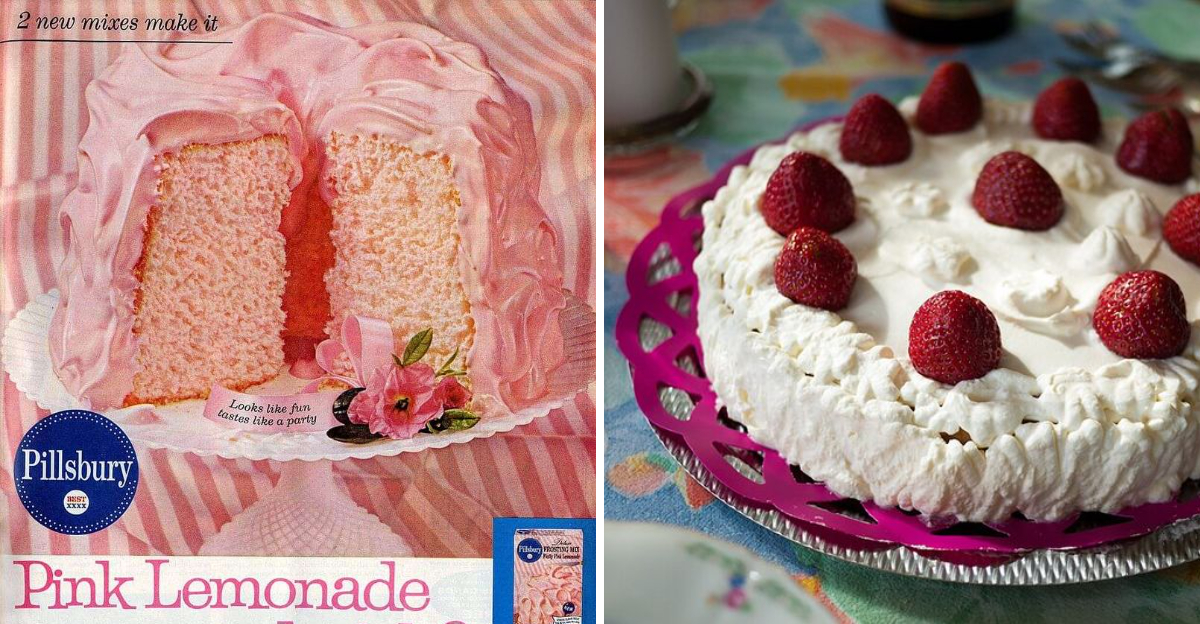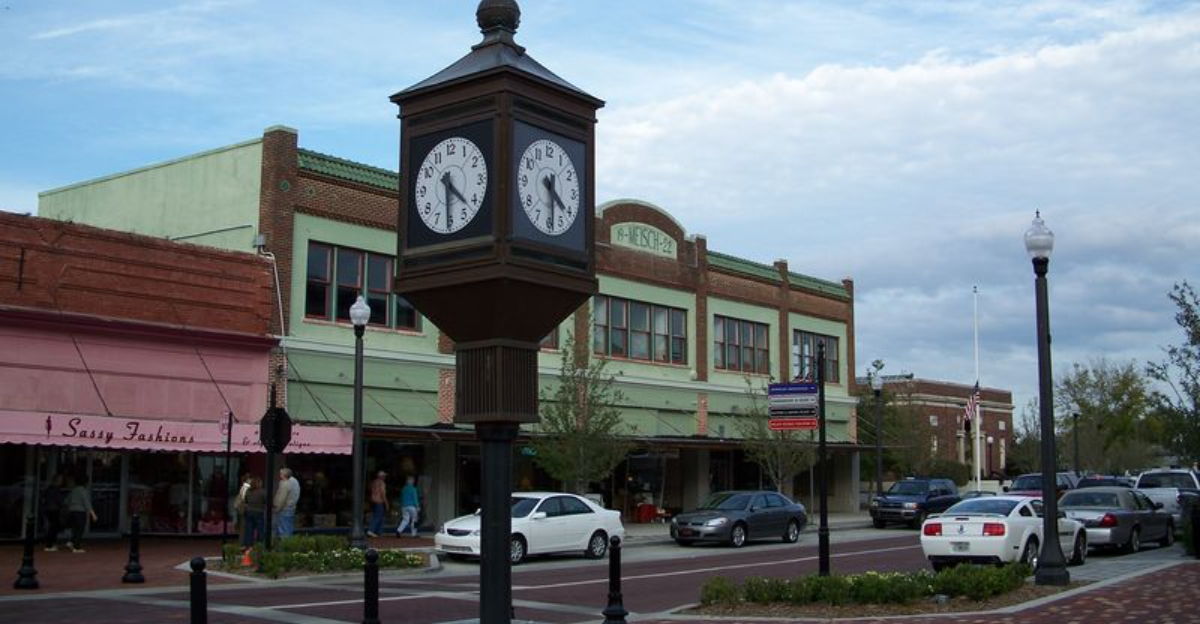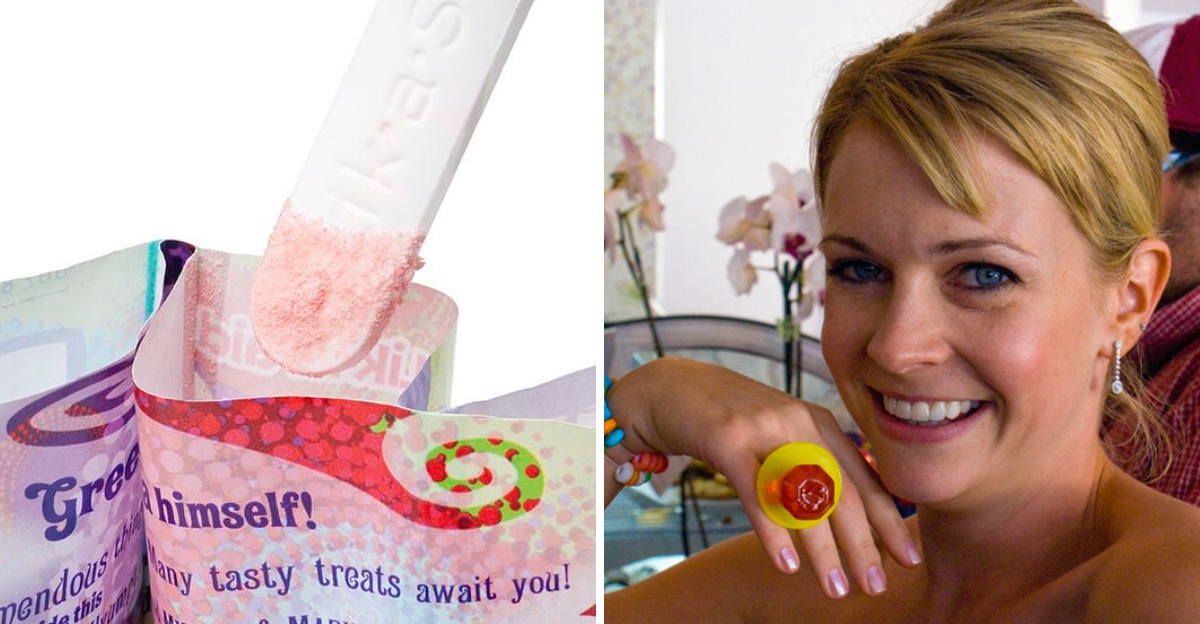16 Fascinating Glimpses Into American Life During The 1950s
The 1950s were a time of poodle skirts, drive-in movies, and families gathered around glowing television sets.
America was transforming rapidly after World War II, bringing new inventions, cultural trends, and ways of living that shaped modern society.
Let’s explore the quirky, colorful, and sometimes surprising aspects of everyday life during this unforgettable decade.
1. Drive-In Movie Theaters Became Date Night Central
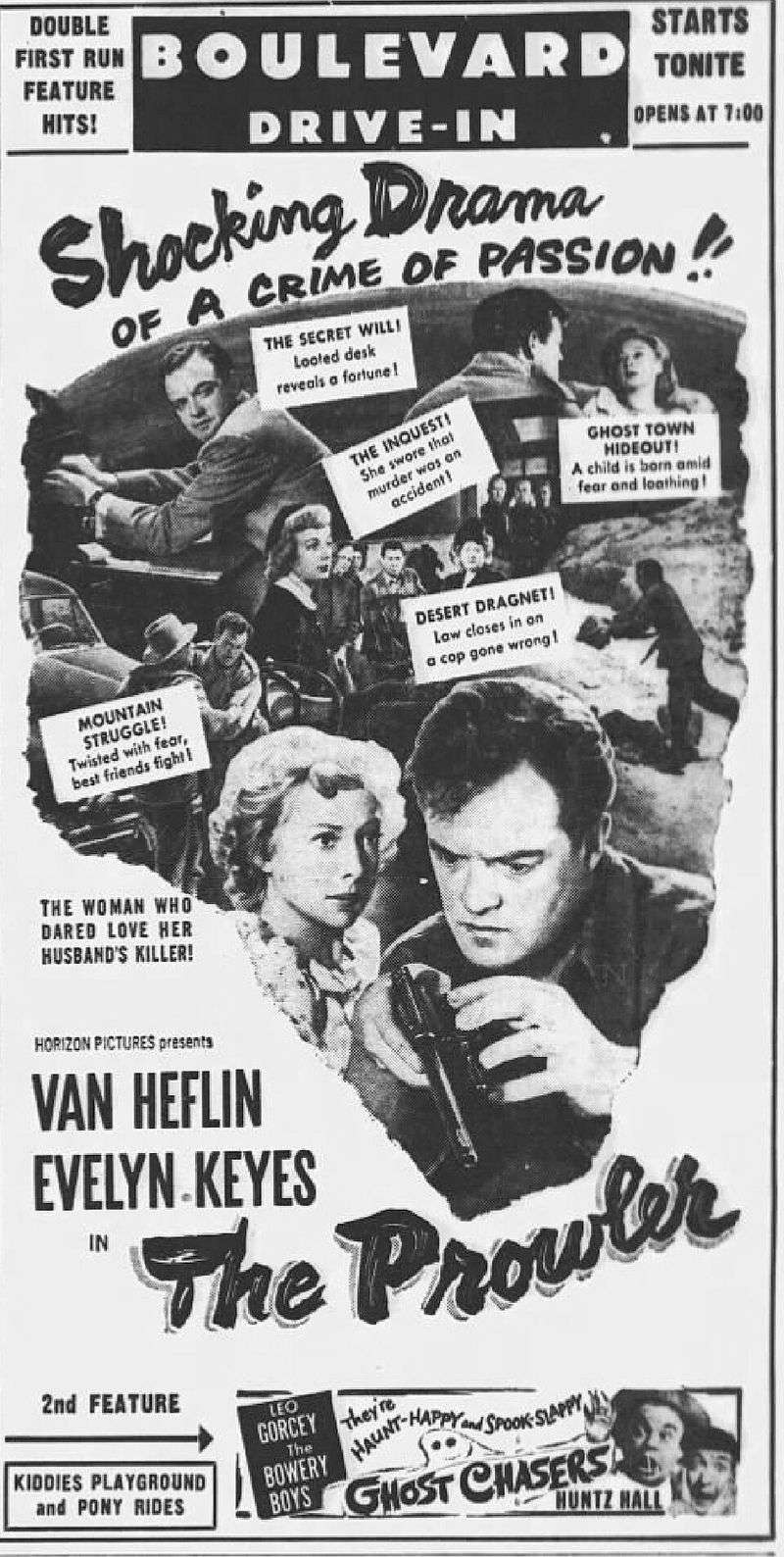
Teenagers and young couples found their favorite hangout spot under the stars at drive-in theaters.
You could watch the latest flick from the comfort of your dad’s Chevy while munching on popcorn and sipping cola.
Privacy was a bonus, making these outdoor cinemas the perfect place for first dates and stolen kisses. By the end of the decade, over 4,000 drive-ins dotted the American landscape!
2. Television Sets Became Living Room Royalty
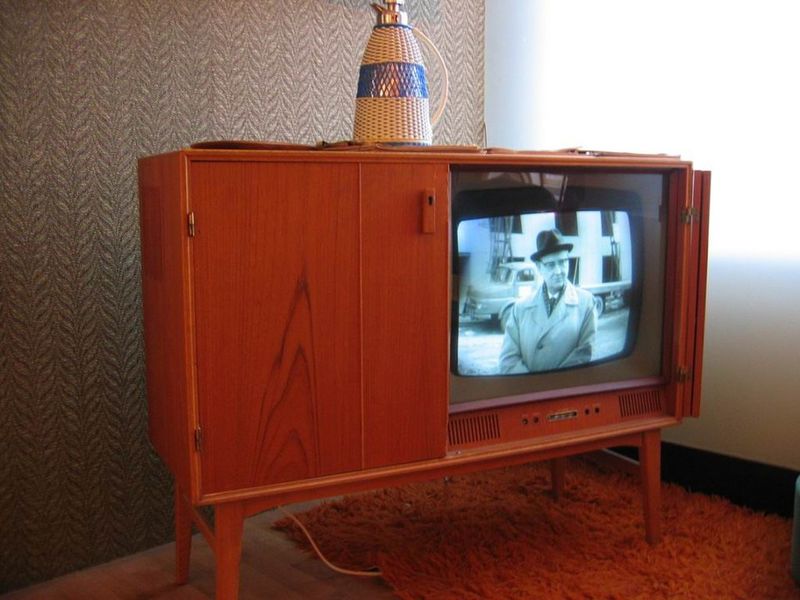
Families rearranged their entire living rooms to accommodate the newest household king: the television set. Shows like “I Love Lucy” and “The Ed Sullivan Show” became weekly rituals that brought everyone together.
Owning a TV was a status symbol, and neighbors would often gather at homes lucky enough to have one. By 1959, roughly 90 percent of American households owned this magical box!
3. Poodle Skirts and Saddle Shoes Defined Teen Fashion
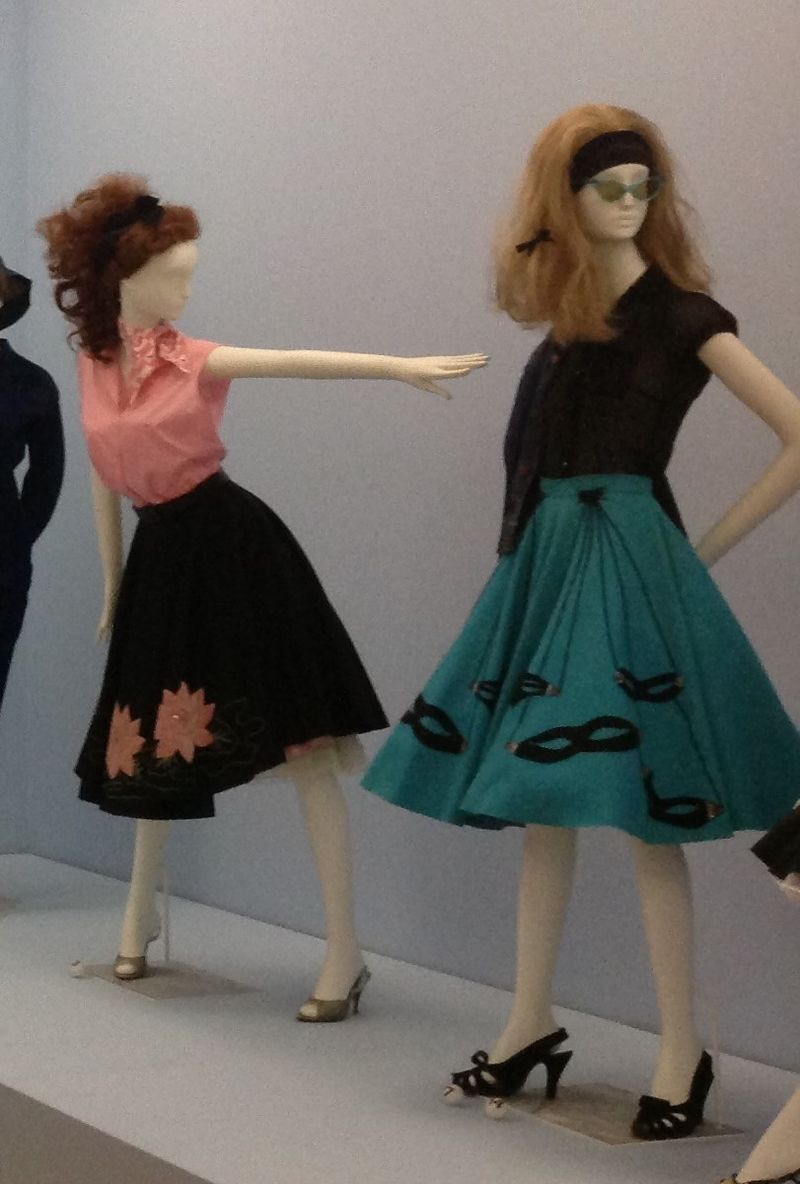
Girls everywhere twirled in colorful felt skirts decorated with poodles, records, or other fun appliqués. Paired with saddle shoes and bobby socks, this look screamed teenage rebellion and innocence all at once.
Boys rocked leather jackets, white T-shirts, and slicked-back hair inspired by icons like James Dean. Fashion became a way for young people to express their growing independence from their parents’ generation.
4. Suburbia Exploded With Cookie-Cutter Houses
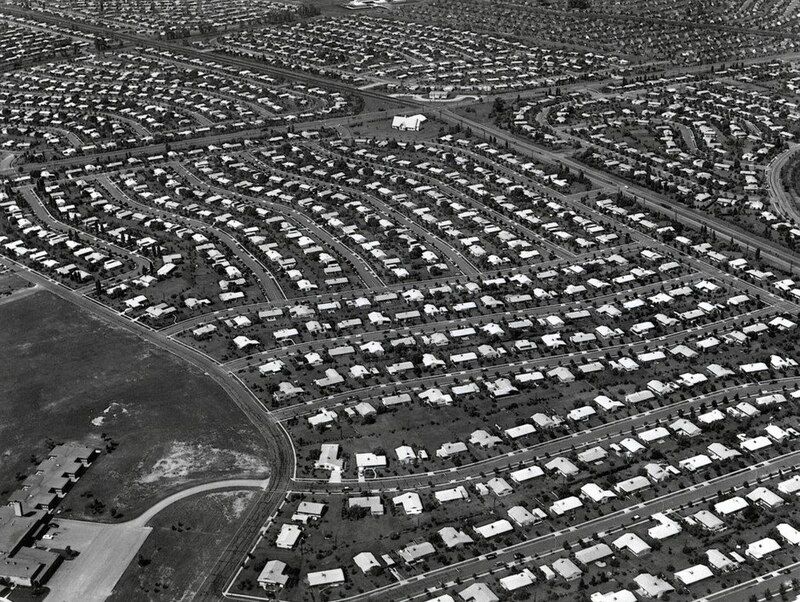
After World War II, families rushed to newly built suburbs like Levittown, where affordable houses sprouted up faster than dandelions.
These neighborhoods offered the American Dream: a yard, a garage, and friendly neighbors.
Though the houses looked nearly identical, families personalized them with colorful shutters and garden gnomes. Suburban living symbolized prosperity, safety, and a fresh start for millions of Americans.
5. Sock Hops Brought Rock ‘n’ Roll to School Gyms
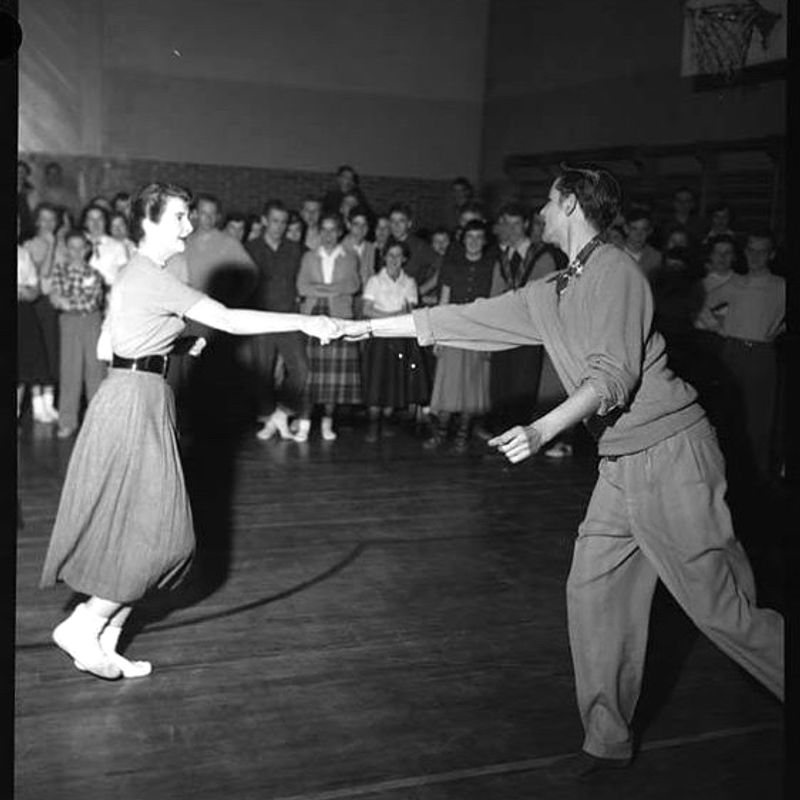
Kick off your shoes and dance in your socks—that was the rule at these wildly popular school dances! Rock ‘n’ roll music blasted through gymnasiums as teens jitterbugged and twisted the night away.
Sock hops got their name because students had to remove their shoes to protect the gym floor. These events became legendary social gatherings where friendships blossomed and romances began.
6. Diners Served Up Burgers and Milkshakes Galore
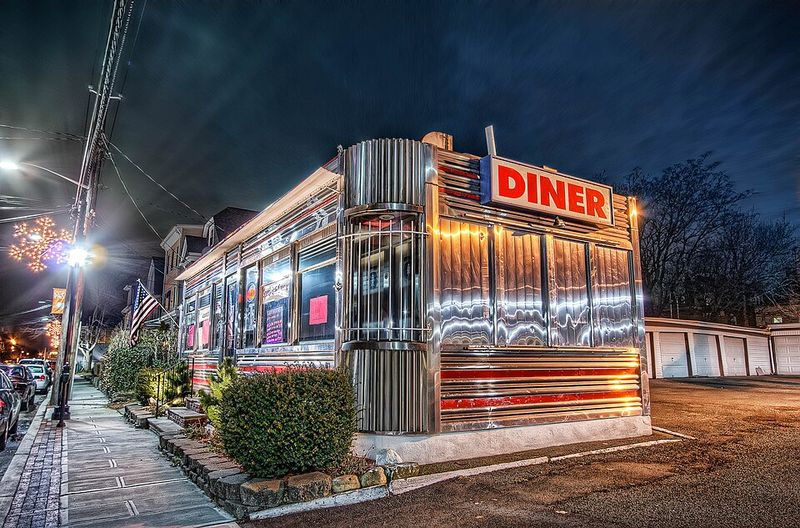
Chrome-trimmed diners with neon signs became the coolest spots to grab a bite after school or a movie.
Jukeboxes played the latest hits while waitresses on roller skates delivered thick milkshakes and juicy burgers.
Booths filled with chattering teens, and the counter seats attracted regulars who knew the menu by heart. Diners represented the casual, optimistic spirit of the era perfectly.
7. Fallout Shelters Reflected Cold War Anxieties
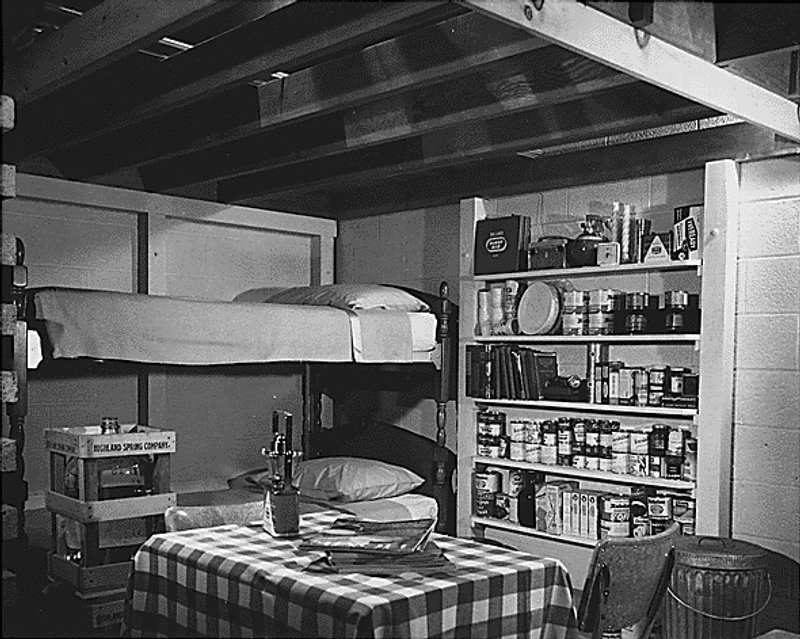
Fear of nuclear war prompted families to build underground shelters stocked with canned goods and water. Schools conducted “duck and cover” drills, teaching kids to hide under desks during potential attacks.
While some took the threat seriously, others saw it as government overreach. Still, fallout shelter signs appeared everywhere, reminding Americans that the Cold War cast a shadow over their sunny decade.
8. Tupperware Parties Revolutionized Home Sales
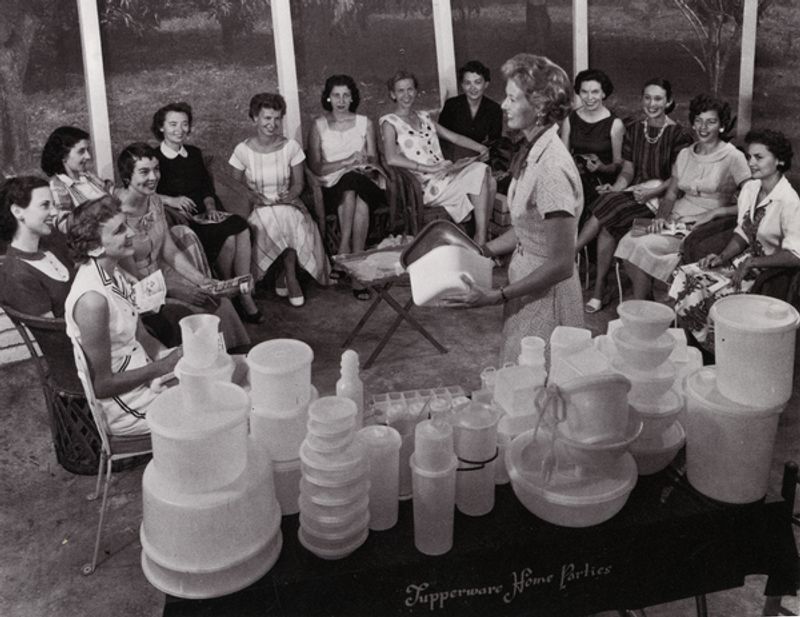
Housewives gathered in living rooms to see demonstrations of revolutionary plastic containers that sealed with a satisfying burp.
Tupperware parties became social events where women could chat, laugh, and shop without leaving the neighborhood.
These gatherings also offered women entrepreneurial opportunities as hostesses and salespeople. The parties turned kitchen storage into a cultural phenomenon and built a business empire.
9. Tail Fins on Cars Reached Ridiculous Heights
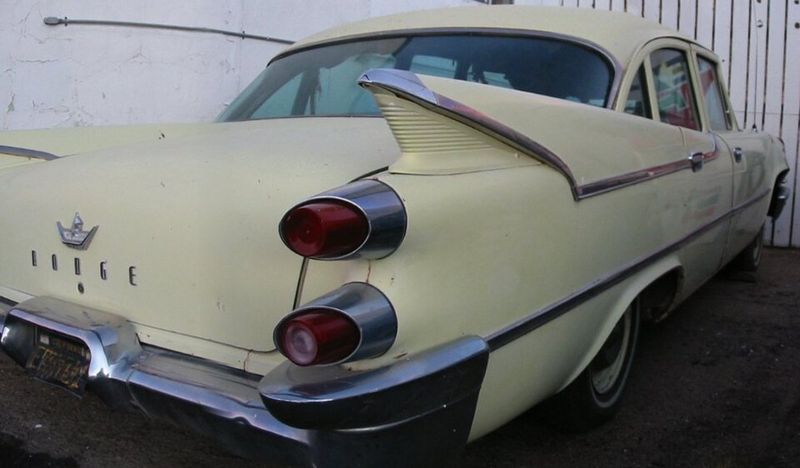
Car designers went absolutely wild with tail fins that made automobiles look like rockets ready for launch. Cadillacs, Chevrolets, and other brands competed to create the flashiest, most futuristic designs possible.
These exaggerated fins served no practical purpose but symbolized America’s optimism and love affair with space-age aesthetics. Bigger was definitely better when it came to automotive style in the fabulous fifties!
10. Hula Hoops Sparked a National Craze
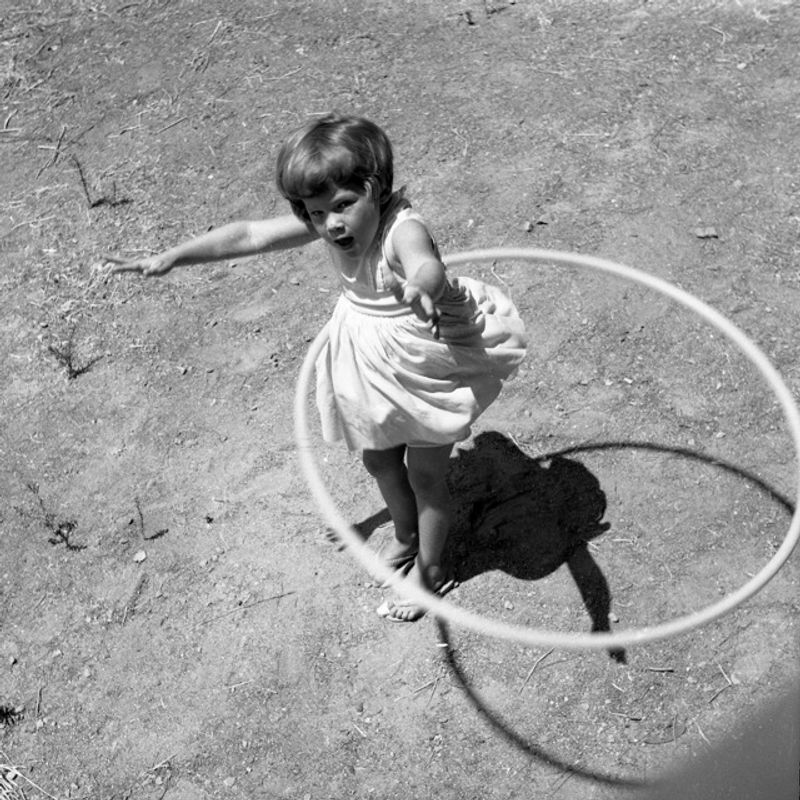
Suddenly, everyone from kindergarteners to grandmas was gyrating plastic hoops around their waists. The hula hoop craze swept the nation in 1958, selling over 100 million units in just two years!
Kids competed to see who could keep multiple hoops spinning simultaneously.
This simple toy brought outdoor fun to neighborhoods everywhere and proved that sometimes the best entertainment requires nothing but coordination and enthusiasm.
11. Housewives Embraced Convenience Foods
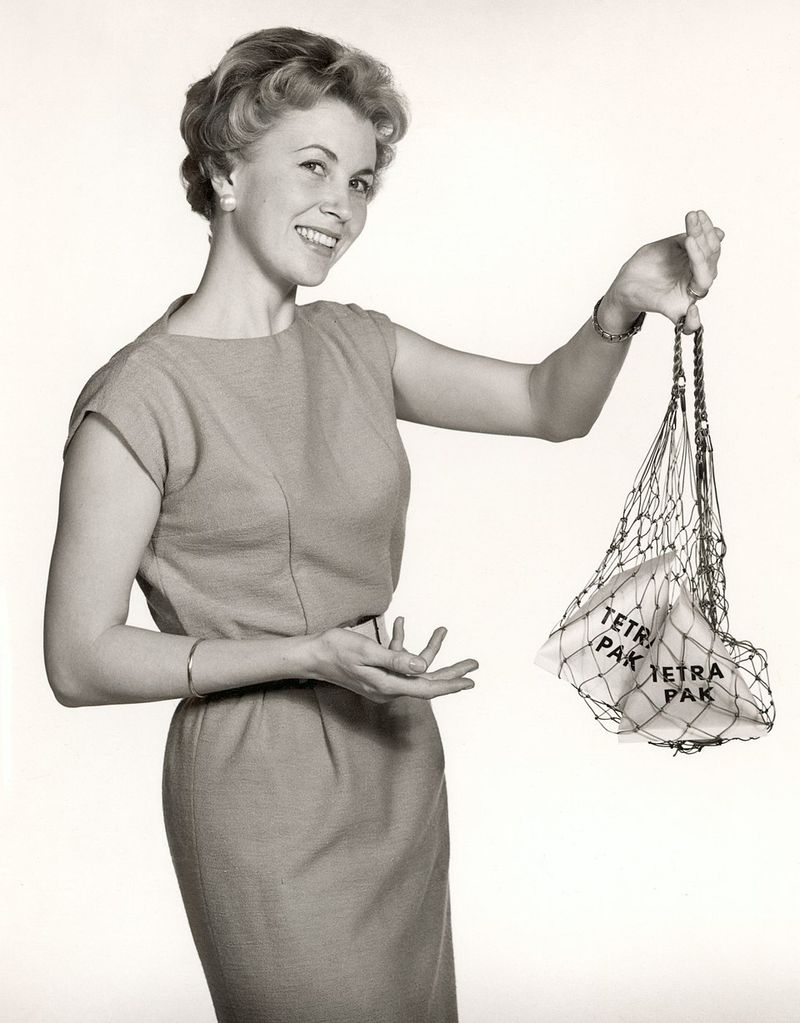
TV dinners, instant cake mixes, and canned everything promised to liberate women from hours of cooking. Companies marketed these products as modern miracles that gave housewives more free time.
While some criticized the taste, others embraced the convenience wholeheartedly.
Frozen meals in aluminum trays could be heated and served during favorite television programs, perfectly combining two fifties obsessions.
12. Elvis Presley’s Hips Scandalized Parents
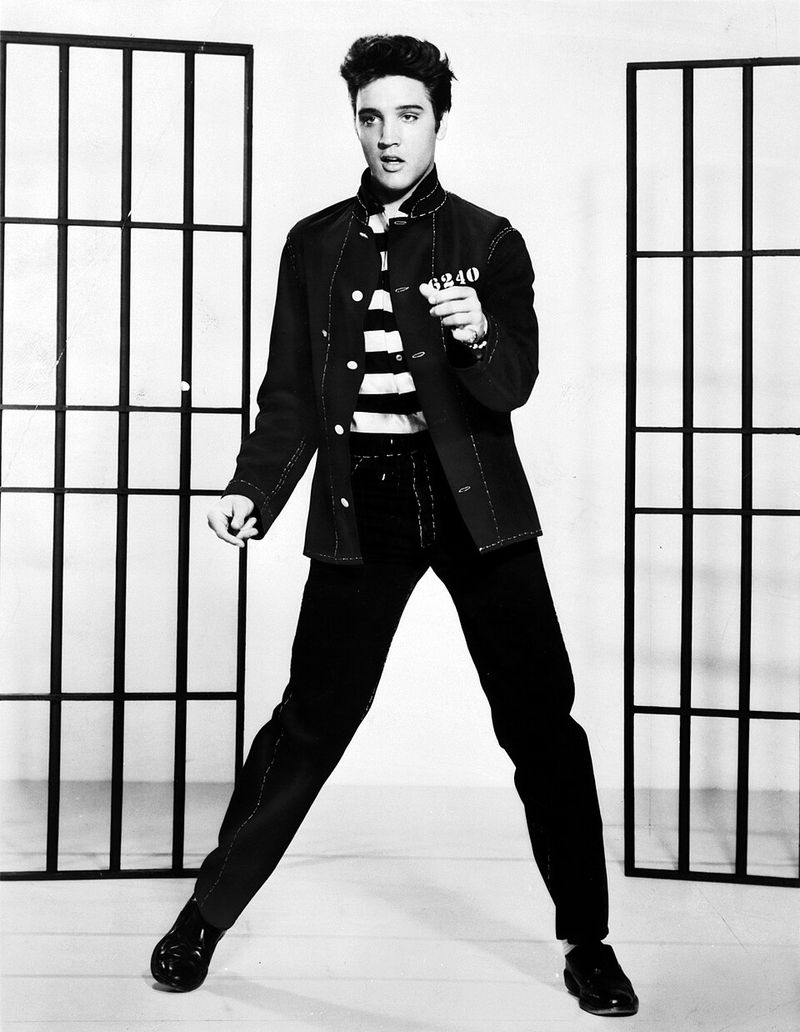
When Elvis gyrated his hips on television, parents clutched their pearls while teenagers screamed in ecstasy.
His rock ‘n’ roll music and suggestive movements represented everything the older generation feared about youth culture.
Ed Sullivan famously filmed Elvis only from the waist up to avoid controversy. Despite the backlash, Elvis became the King of Rock ‘n’ Roll and changed music forever.
13. McCarthyism Created a Climate of Fear
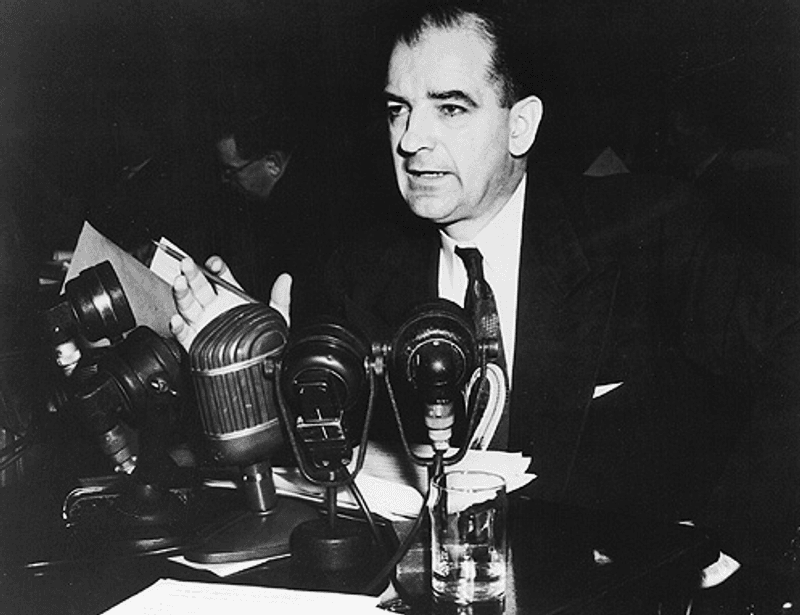
Senator Joseph McCarthy led witch hunts for supposed communists, destroying careers and lives with little evidence.
Accusations flew wildly, and neighbors reported neighbors in an atmosphere of paranoia and suspicion.
Hollywood blacklists ruined actors and writers who refused to testify. Though McCarthy was eventually discredited, his reign showed how fear could undermine American values of freedom and fairness.
14. Barbie Dolls Made Their Debut
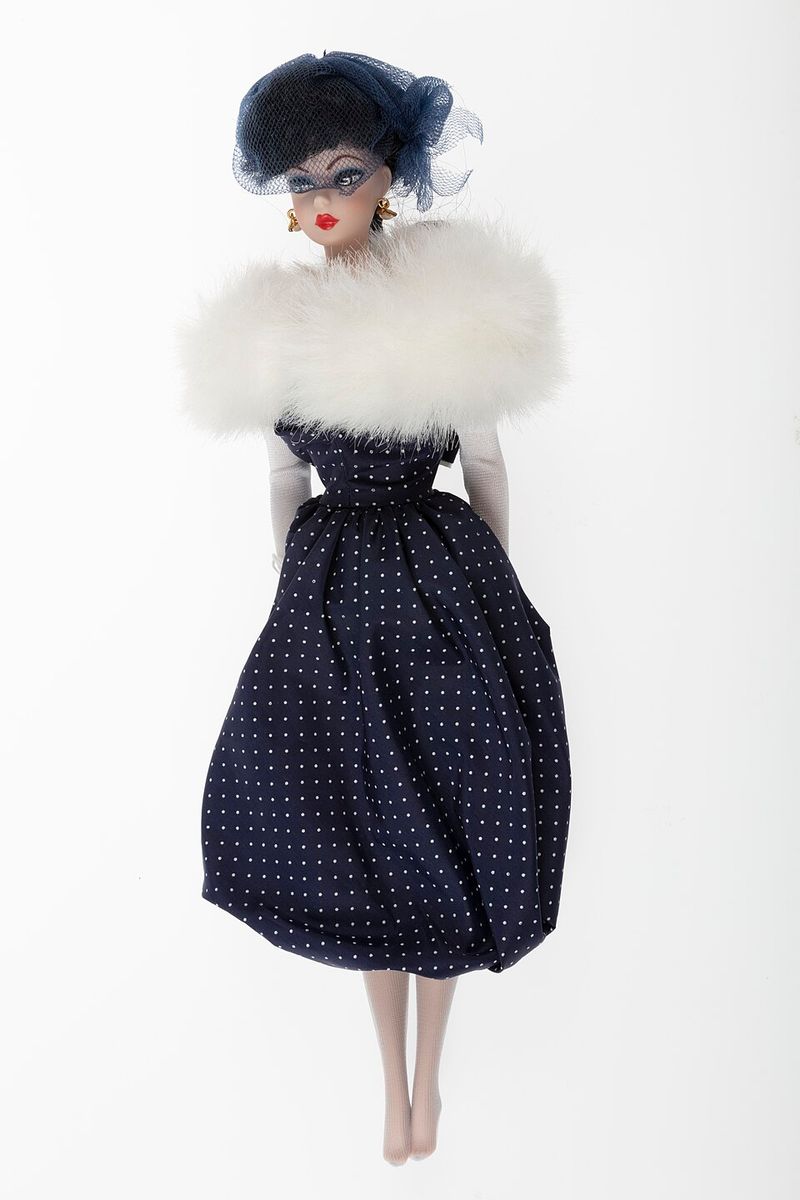
In 1959, Ruth Handler introduced a fashion doll that would become a cultural icon for generations.
Unlike baby dolls, Barbie represented teenage fashion and independence, sparking both admiration and controversy.
Girls could imagine adult lives through Barbie’s countless outfits and careers. Critics worried about her unrealistic proportions, but Barbie became one of the best-selling toys in history regardless.
15. Beatniks Rejected Mainstream Conformity
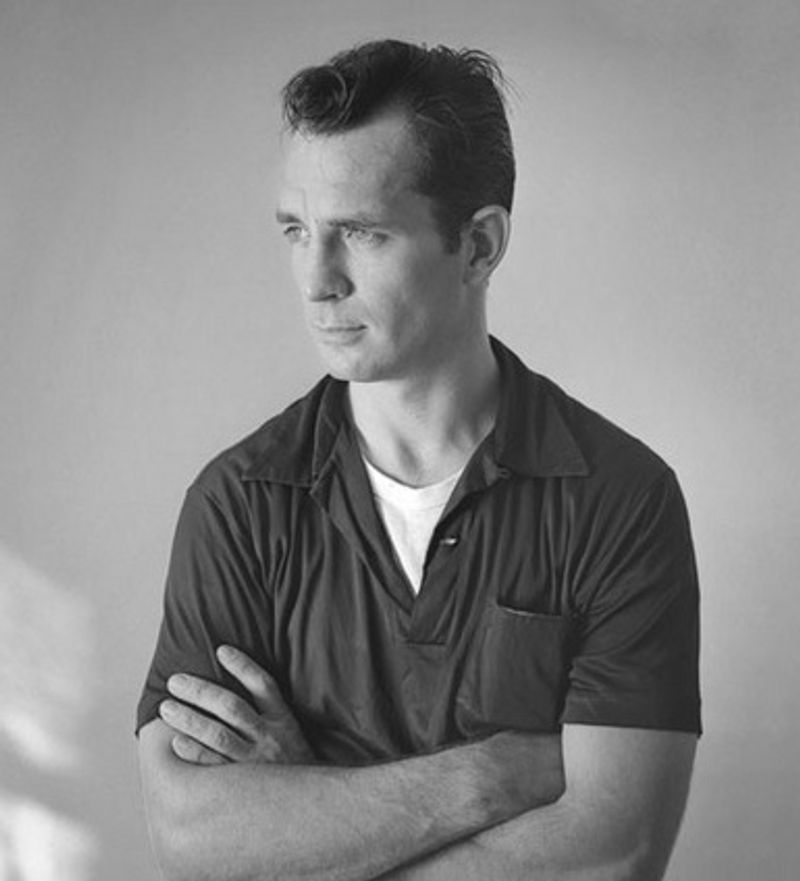
While suburbs symbolized conformity, beatniks in cities like San Francisco embraced poetry, jazz, and philosophical discussions.
They wore black turtlenecks, grew goatees, and snapped their fingers instead of clapping.
Writers like Jack Kerouac and Allen Ginsberg challenged conventional thinking through their experimental works.
Mainstream America found them strange, but beatniks laid groundwork for the counterculture revolution ahead.
16. Marilyn Monroe Embodied Hollywood Glamour
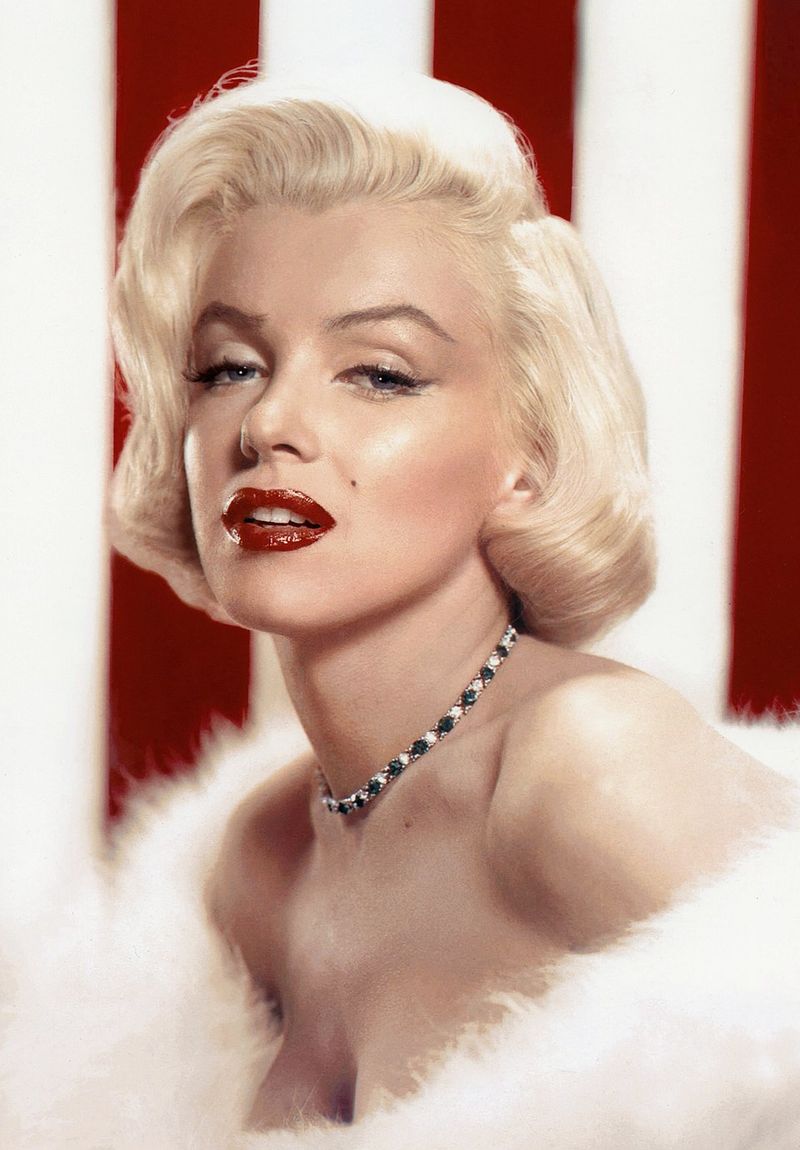
With platinum blonde hair and breathless voice, Marilyn became Hollywood’s ultimate bombshell and sex symbol. Her films drew massive audiences, and her image appeared on countless magazines and posters.
Behind the glamorous facade, she struggled with personal demons and industry exploitation. Marilyn represented both the allure and darker realities of fame during Hollywood’s golden age.

